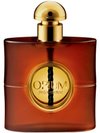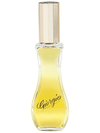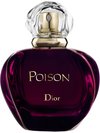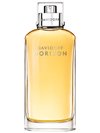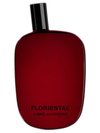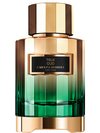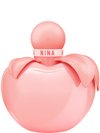
Although both perfume and fashion have been around for thousands of years, their relationship did not become apparent until the early 20th century. Until then, the worlds of fashion and perfumery had existed as two separate entities.
The first designer to sign her name to a perfume was Chanel, with her legendary No. 5 a hundred years ago, but it was not her the first to create a perfume line. It was Paul Poiret who launched a collection of perfumes called "Les parfums de Rosine", but he didn't give them his name. So, it was Mademoiselle Chanel who went down in history as the first fashion designer with her own perfume, even if it was the creation of the perfumer Ernest Beaux.


